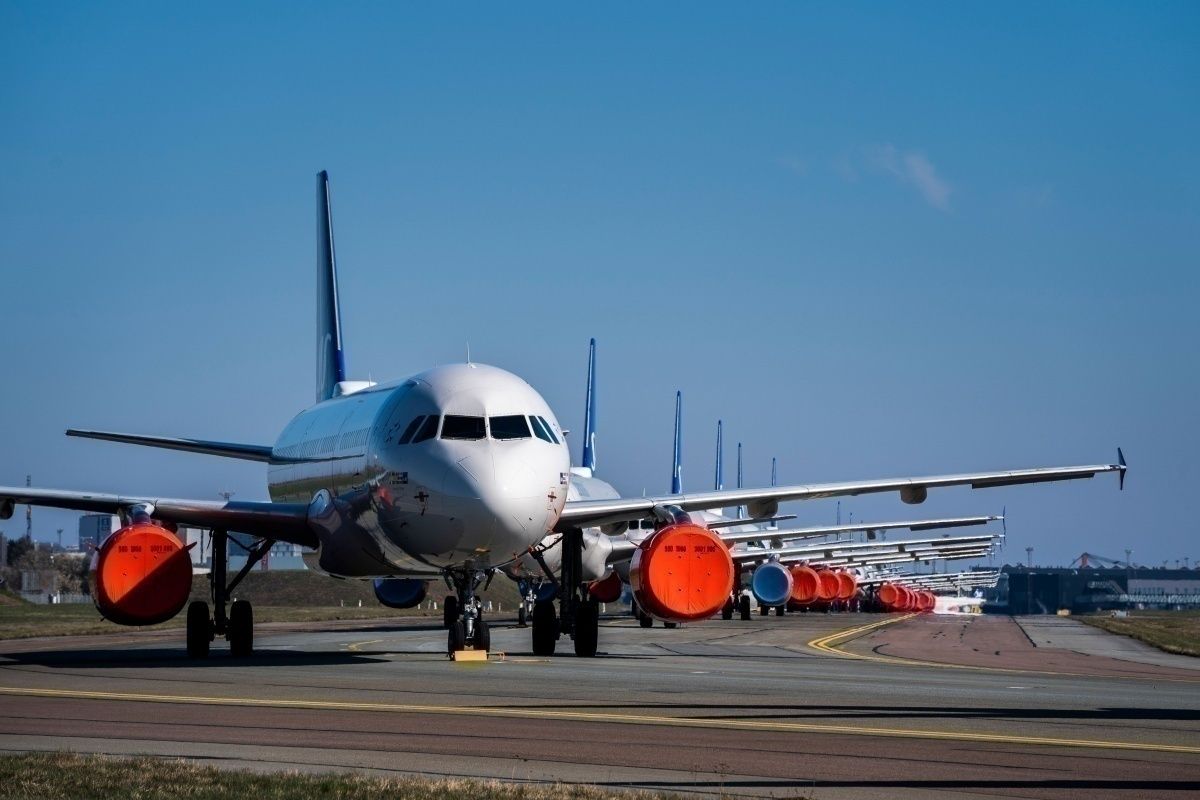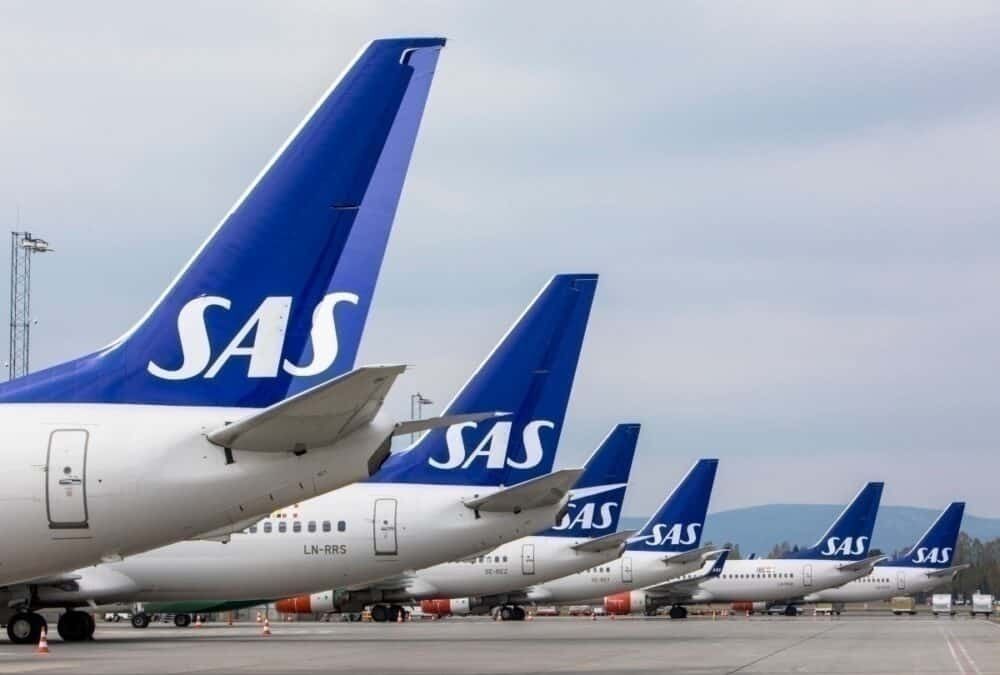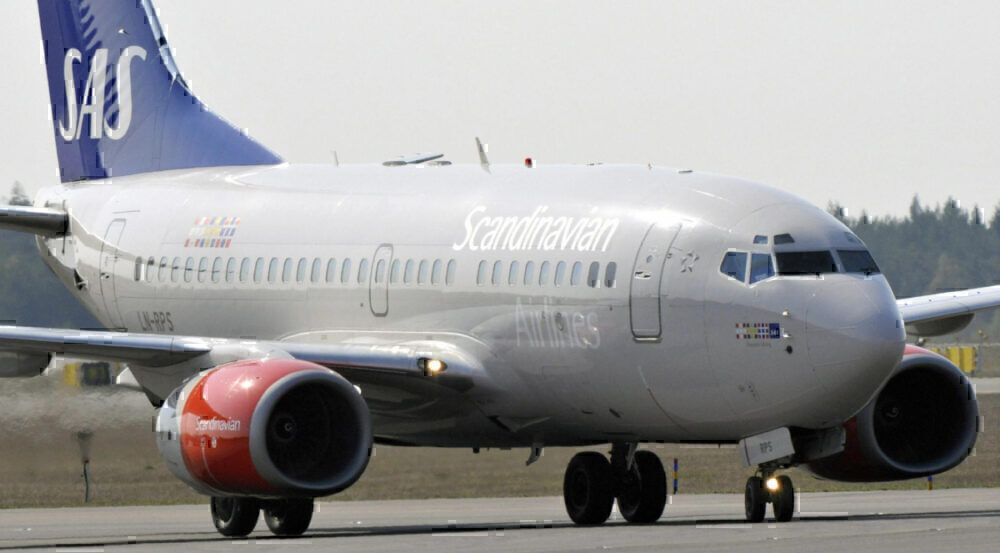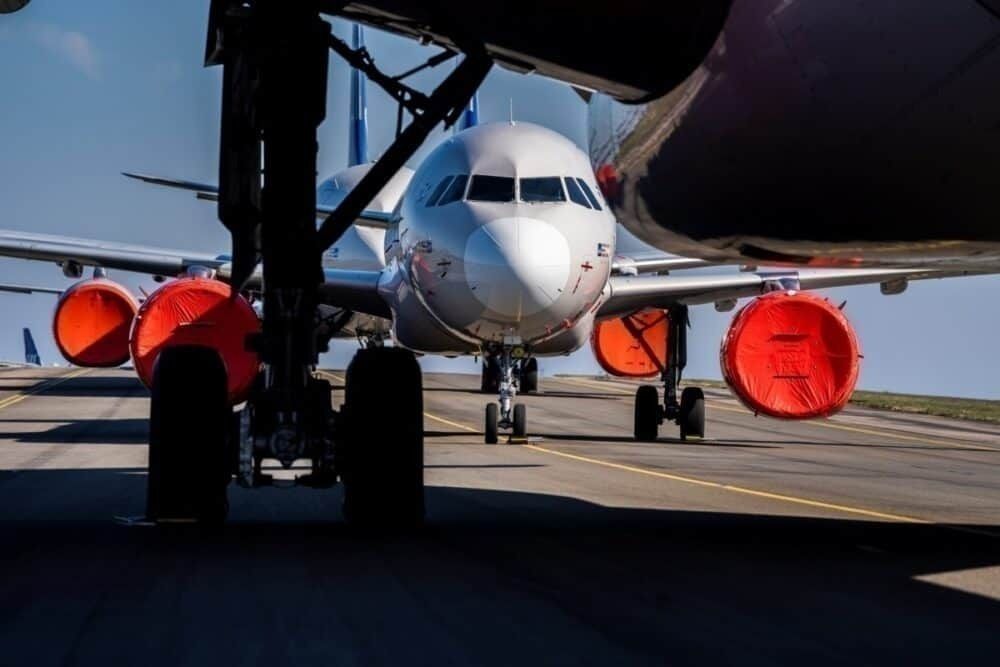SAS recorded a significant loss in the third quarter, as announced at its results today. The airline registered pretax losses of SEK 2.07 billion ($238 million), with sales tumbling 81% from the same time last year. Nevertheless, the airline noted that traffic was steadily ramping up, but noted that it requires the realization of its recapitalization plan if it is to survive.
A better than expected quarter
SAS noted that it was the largest Scandinavian operator during the quarter. The airline operated 311,000 seats in the quarter, which was three times that of its next nearest competitor Norwegian with 141,000. The airline flew 25% of its capacity from the previous year during the quarter, supplying more than a third of the total number of seats to and from Scandinavia.
The ramp up is proceeding in a cost-efficient manner, which SAS is achieving through a number of measures. It has implemented a new analytics dashboard and has refined its planning cycle to improve operational agility. Despite a significant number of redundancies and personnel on short term leave, the airline says it has maintained healthy yield development and stable cabin factors.
In general, it believes demand has returned as expected and was slightly ahead of its predictions. During July, the airline had deployed 53 of its aircraft to 83 destinations and carried 705 passengers. This was primarily supported by its strong foothold in Europe but admitted that it was struggling with intercontinental operations.
By the end of Q4, it hopes to reach 30 – 40% of its previous year's available seat kilometers. However, President and CEO Rickard Gustafson noted that this depends largely on travel restrictions and the return of business travel, saying that he is expecting volatility ongoing.
Stay informed: Sign up for our daily aviation news digest.
Delayed aircraft deliveries
The airline has completed its move to delay some aircraft deliveries. Gustafson said that SAS has now pushed back deliveries of four A320neos from 2022 to 2024, of four more A320neos from 2023 to 2025 and of two A350s from 2021 to 2022.
Nevertheless, the airline is fully committed to its fleet modernization plans and is working to phase out its older aircraft. It recorded an aircraft impairment of $118 million, which related to specific Airbus A330s, A340s, A319 and Boeing 737 models.
SAS remains committed to becoming an all-Airbus operator in order to drive down maintenance costs and to ensure a very young fleet. Gustafson said that this would be completed at the latest by 2023.
As well as this, the airline has affected 4,000 of the 5,000 necessary redundancies from its workforce and is undertaking additional cost-cutting measures such as negotiation with suppliers and productivity improvements. It remains committed to its ambitious sustainability goals.
Will not survive without recapitalization
Although SAS has clearly been pulling out all the stops to survive COVID, Gustafson was quick to warn that, without financial support, it would not be enough. Speaking at the teleconference, he said,
“I have to be clear that, despite all these efforts, SAS will not survive this pandemic crisis without gaining access to equity and new capital. We have tried to be very transparent from the beginning that we do need a significant injection of new equity and new capital into this company to carry us through this crisis. Because the crisis will have a significant impact on demand this year, next year, into 2022 and the years to come.”
Gustafson said that the airline has completed a robust recapitalization plan that is backed by its government owners, as well as the European Commission. It has received an agreement in principle from its shareholders, but still requires formal acceptance before it is pushed through.
The recapitalization plan will lead to increased equity of SEK 14.25 bn ($1.63 bn) and increased liquidity of SEK 12 bn ($1.37 bn). The governments of Sweden and Denmark have committed between them to supply up to SEK 11bn ($1.26 bn).
The timeline of the recapitalization plan will see the outcome revealed by the end of October, with completion earmarked for November 5th.




